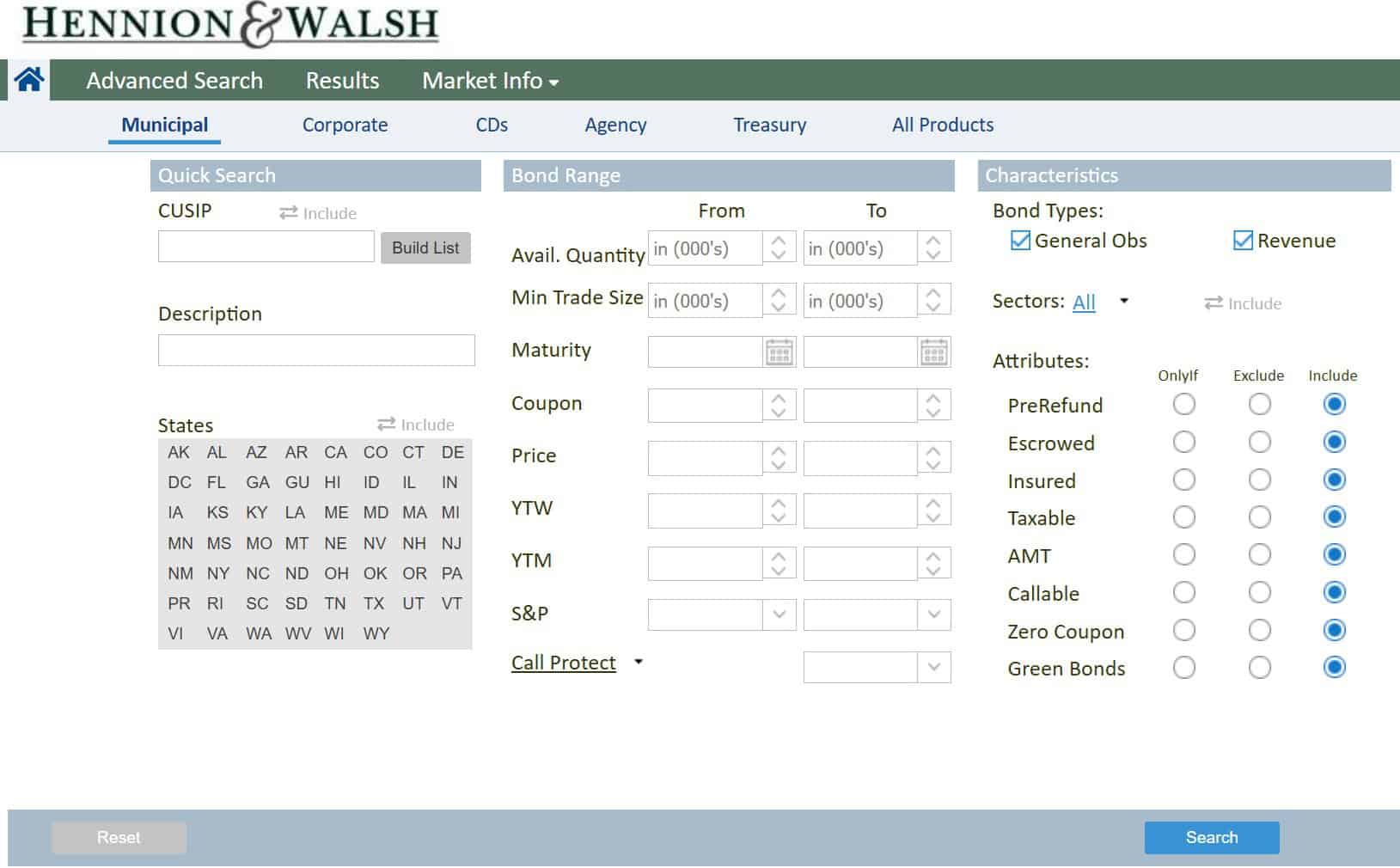
Maximize Your Retirement: Understanding Roth IRA Contribution Limits and Strategies
Knowing the IRA contribution limits is vital for maximizing your retirement savings. We’ll discuss income limits, eligibility requirements, and the benefits of Roth IRA contributions. Additionally, we’ll compare Roth IRAs to other retirement accounts to help you make informed financial decisions. Let’s dive into the world of Roth IRAs!
Understanding Roth IRA Contribution Limits
A Roth IRA is an individual retirement account that offers tax-free growth and withdrawals during retirement. Unlike a traditional IRA, Roth IRA contributions are made with after-tax dollars, so you don’t get an immediate tax deduction. The advantage comes in retirement when you can withdraw your contributions and earnings tax-free.
Contributing to a Roth IRA is crucial because it helps you build a tax-free income source for your retirement years. Regular contributions enable you to benefit from the power of compounding, potentially growing your investments significantly over time.
As of now, the max contribution to a Roth IRA is $6,000 per year for individuals under 50 and $7,000 per year for those 50 and older. These Roth IRA contribution limits can change, so it’s essential to stay updated with the latest IRS guidelines.
Your income and tax filing status determine IRA contribution limits. The IRS sets income thresholds that dictate the amount you can contribute.
Maximizing your Roth IRA contributions offers several benefits. It allows you to take advantage of tax-free growth, leading to a larger retirement nest egg. It also provides flexibility in retirement, as you won’t worry about taxes when withdrawing funds. Additionally, a Roth IRA can be an effective estate planning tool, enabling you to pass on tax-free assets to your beneficiaries.
Income Limits and Eligibility
Understanding the income limits and eligibility criteria for contributing to a Roth IRA is essential for retirement planning. Here are key points to consider:
Income limits for Roth IRA contributions: To contribute to a Roth IRA in 2025, your modified adjusted gross income (MAGI) must fall within certain IRS-defined limits:
- Single filers: Full contributions are allowed if your MAGI is less than $146,000. Contributions phase out between $146,000 and $161,000. No contributions are allowed if your MAGI is $161,000 or more.
- Married filing jointly: Full contributions are allowed if your MAGI is less than $230,000. Contributions phase out between $230,000 and $240,000. No contributions are allowed if your MAGI is $240,000 or more.
Effect of modified adjusted gross income (MAGI): Your MAGI determines your eligibility for Roth IRA contributions. It includes your adjusted gross income (AGI) with certain modifications, such as deductions for student loan interest or traditional IRA contributions.
Eligibility criteria for contributing to a Roth IRA: Besides meeting income limits, you must have earned income from sources like wages, salary, or self-employment. Non-working spouses can contribute based on their spouse’s income.
Alternative options for high-income earners: If your income exceeds Roth IRA limits, consider a traditional IRA or a backdoor Roth IRA conversion, which involves making a non-deductible contribution to a traditional IRA and then converting it to a Roth IRA.
Strategies to reduce MAGI and qualify for Roth IRA contributions: If you’re close to the income limits, employ strategies to reduce your MAGI and qualify for contributions. These include maximizing deductions, contributing to a health savings account (HSA), or utilizing employer-sponsored retirement plans.
Understanding income limits and eligibility criteria for Roth IRA contributions is crucial for making informed decisions about your retirement savings. Consulting with an investment professional can help you navigate complexities and determine the best approach for your circumstances.
Planning Your Contributions
Proper planning is key to maximizing your contributions to a Roth IRA. Here are some important factors to consider:
- Importance of long-term retirement planning: Retirement planning requires a long-term perspective. Contributing to a Roth IRA allows you to benefit from tax-free growth over time, providing a solid foundation for your retirement.
- Setting contribution goals based on retirement needs: Determine your retirement needs and set contribution goals accordingly. Consider factors like desired retirement age, estimated expenses, and lifestyle expectations to decide how much to contribute.
- Factors influencing contribution amounts: Several factors can affect how much you contribute to your Roth IRA, including current income, financial obligations, and other retirement accounts. Balance contributing enough to meet your goals while managing your current financial situation.
- Strategies for maximizing contributions over time: To maximize contributions, consider contributing the maximum allowable amount each year, taking advantage of catch-up contributions if you’re 50 or older, and exploring additional income sources to boost your contributions.
- Impact of age on contribution limits: Be aware of IRS-imposed contribution limits based on age. For 2025, individuals under age 50 can contribute up to $7,000 to a Roth IRA. Those aged 50 or older are eligible for an additional $1,000 catch-up contribution, bringing the total allowable contribution to $8,000.
Understanding long-term retirement planning, setting contribution goals, considering various factors, employing strategic strategies, and being aware of age-related contribution limits will help you make the most of your Roth IRA contributions.
Tax Advantages and Withdrawals
Contributing to a Roth IRA offers several tax benefits. Understanding these advantages can help you make informed financial decisions.
One key tax benefit is that Roth IRA contributions are made with after-tax dollars. This means that during retirement, both your contributions and any investment earnings are tax-free, provided you meet certain requirements.
Compared to a traditional IRA, which offers tax-deferred contributions, a Roth IRA provides tax-free growth and withdrawals. With a traditional IRA, you’ll pay taxes on your contributions and earnings when you withdraw the funds in retirement. However, with a Roth IRA, taxes are already paid on your contributions, so withdrawals are tax-free.
Qualified distributions are essential to Roth IRAs. To enjoy tax-free withdrawals, you must be at least 59½ years old and have held the account for at least five years. Meeting these criteria allows you to withdraw your contributions and earnings without owing any taxes.
Early withdrawals from a Roth IRA can impact your taxes. If you withdraw funds before age 59½, you may face income taxes and a 10% penalty on the earnings portion. However, exceptions exist, such as using the funds for a first-time home purchase or higher education expenses.
Roth IRA vs Other Retirement Accounts
When planning for retirement, consider various retirement accounts like Roth IRAs, traditional IRAs, and 401(k)s. Understanding their differences helps maximize contributions and optimize retirement savings.
One significant difference is taxation. Contributions to traditional IRAs and 401(k)s are typically tax-deductible, meaning you don’t pay taxes on the money you contribute now but will in retirement. Roth IRAs are funded with after-tax dollars, so withdrawals in retirement are tax-free.
While traditional IRAs and 401(k)s offer immediate tax benefits, Roth IRAs provide long-term tax advantages. This makes Roth IRAs attractive for those who expect to be in a higher tax bracket during retirement or want more tax management flexibility.
When choosing between retirement accounts, consider factors like your current tax situation, future income projections, and investment goals. Note that Roth IRAs have income eligibility requirements, whereas traditional IRAs and 401(k)s do not.
Combining a Roth IRA with other retirement accounts can maximize savings by diversifying investments and potentially reducing your tax burden during retirement.
Consulting an investment professional can be invaluable for navigating retirement planning complexities and determining the best approach for your unique circumstances. A professional can help assess your financial goals, evaluate retirement account options, and create a diversified investment strategy that aligns with your objectives.
Disclosures:
This commentary is not a recommendation to buy or sell a specific security. The content is not intended to be legal, tax or financial advice. Please consult a legal, tax or financial professional for information specific to your individual situation. Investing involves risk including possible loss of principal. Past performance is no guarantee of future results. Diversification does not guarantee a profit or protect against loss.




